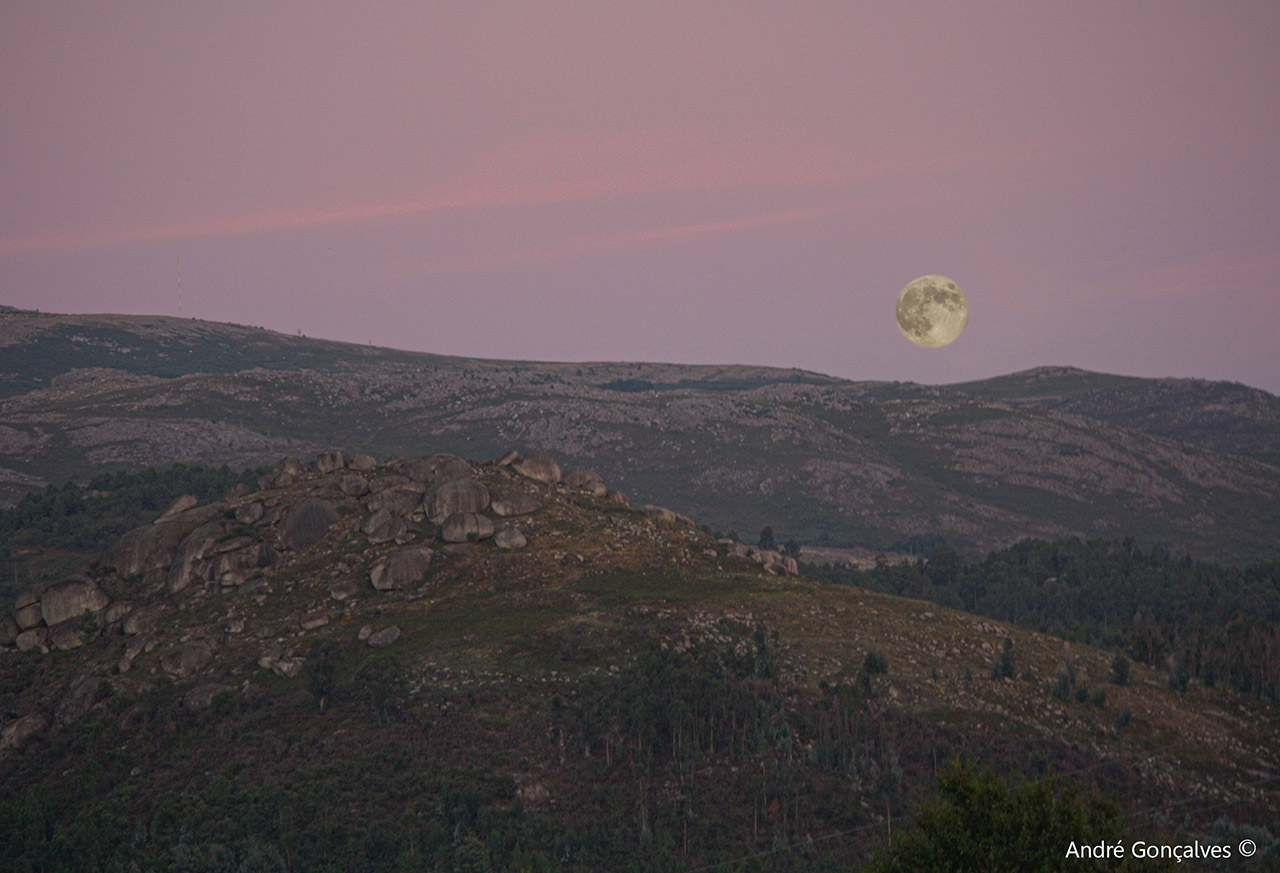Difference between revisions of "December 23, 2012"
| Line 14: | Line 14: | ||
<br /> | <br /> | ||
<hr /> | <hr /> | ||
| + | <!-- Removed reference to store page --> | ||
| + | </div> | ||
| + | ---- | ||
| + | ===COMMENTS?=== | ||
| + | Register, and click on the <b>Discussion</b> tab at the top of the page. | ||
| + | <hr> | ||
| + | You can support LPOD when you buy any book from Amazon thru [[Support_ LPOD|LPOD]]! | ||
| + | <span style="font-size:88%"> | ||
| + | <center> | ||
| + | Contributions to http://www2.lpod.org/ are licensed under a Creative Commons Attribution No-Derivative-Works Non-Commercial 3.0 License. [http://www.creativecommons.org/licenses/by-nc-nd/3.0 http://www.wikispaces.com/i/creativecommons/by-nc-nd_3.0_80x15.png]<br> | ||
| + | </center> | ||
| + | </span> | ||
Revision as of 20:17, 31 January 2015
Blue Moon

image by André Gonçalves, Vieira do Minho, Portugal
We mostly see the Moon in monochrome and the Earth in color. André's composite image preserves these traditions. He doesn't specifically say but it looks like he combined a black and white shot of the Moon with a natural color - greyed by early evening lighting - view of the terrestrial landscape. I assume the Moon was in the sky at that location and was the size of the BxW inset image. No matter what the details this attractive image is immediately slightly strange, for in a terrestrial view we see the Moon with a yellowish hue, especially near the horizon as here. This Moon is more like what we would see from an airless world. New perspectives make us reconsider the familiar.
Chuck Wood
Technical Details
31/Aug/2012 at 8:42pm. Two shots (two exposures) blended: Canon 1000D, 146mm @ f/5, ISO800.
Note added by André on Dec 26: I took two shots (two exposures: 1/50s ISO 800 and 1/200s ISO 100) blended with Canon 1000D, 146mm @ f/5. The two photos are exactly the same in image scale (focal length) I did not increased the Moon diameter! They were captured only 1min apart all other things being equal! The shot is in colour also, the Moon isn't yellowish because the exposure time was smaller and the ISO was different, which influenced colour (and maybe the auto WB had something to do with that too). The colour of the sky is also natural as it was shorty after sunset.
COMMENTS?
Register, and click on the Discussion tab at the top of the page.
You can support LPOD when you buy any book from Amazon thru LPOD!
Contributions to http://www2.lpod.org/ are licensed under a Creative Commons Attribution No-Derivative-Works Non-Commercial 3.0 License. 



